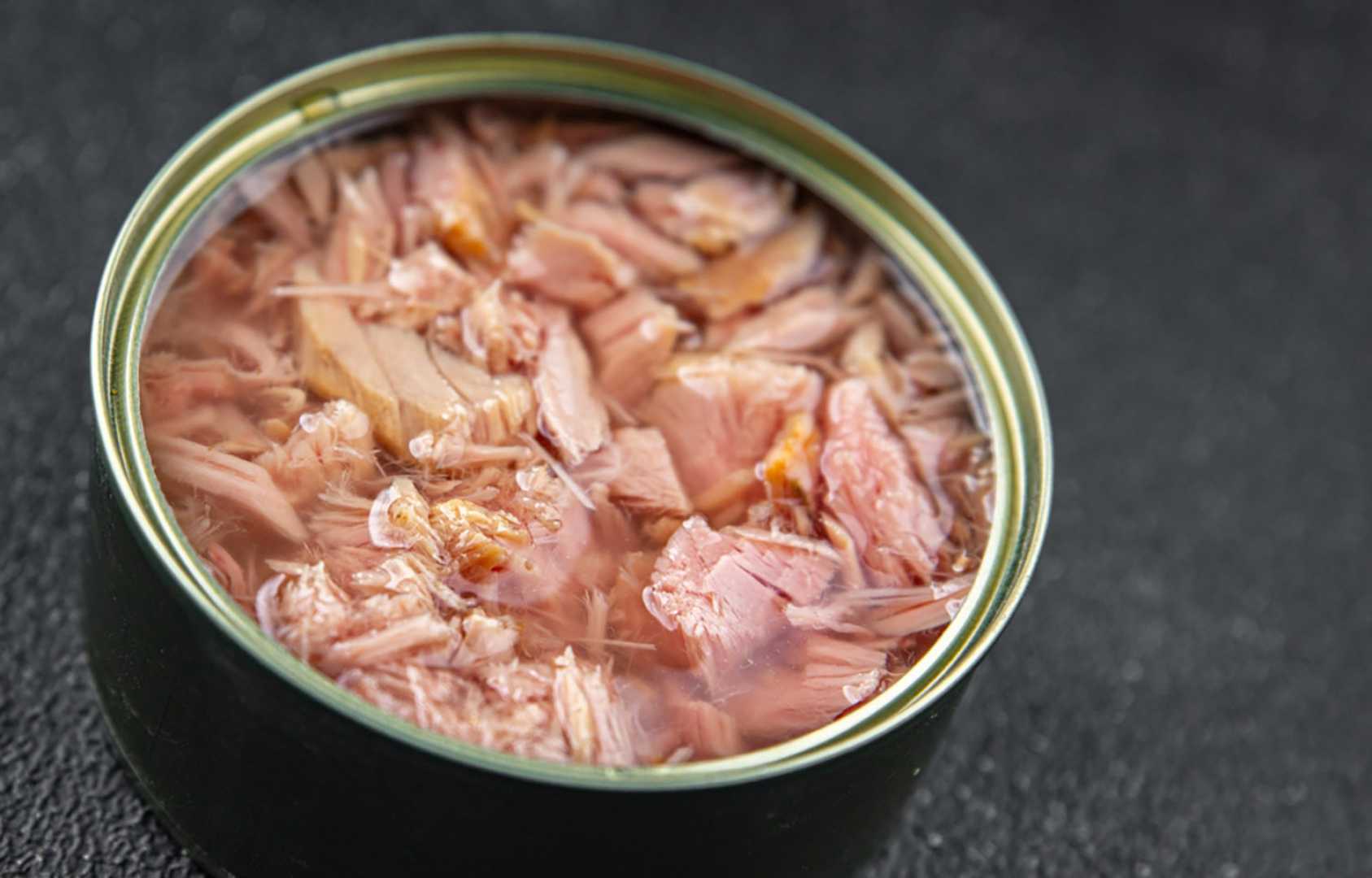Botulism Risk Canned Tuna Recall: A Comprehensive Guide To Staying Safe - Several factors can contribute to botulism contamination in canned tuna: By staying informed and taking preventive measures, you can significantly reduce the risks associated with botulism contamination in canned tuna. Whether you're a regular consumer of canned tuna or someone who occasionally enjoys this convenient protein source, it's essential to understand the potential dangers and how to avoid them. Let's explore this critical issue in detail.
Several factors can contribute to botulism contamination in canned tuna:
The history of botulism in canned foods dates back to the early days of food preservation. Before modern canning techniques were developed, foodborne illnesses were more common due to the lack of proper preservation methods. The discovery of the Clostridium botulinum bacteria in the late 19th century led to a better understanding of the causes and prevention of botulism.
Preventing botulism in canned tuna involves a combination of manufacturer responsibility and consumer vigilance. Here are some best practices to follow:
By following these simple steps, you can significantly reduce the risk of botulism contamination in your canned tuna.
We encourage you to share this article with others and leave a comment below if you have any questions or additional insights. Together, we can promote food safety and prevent the spread of botulism in canned tuna and other preserved foods. Stay safe, stay informed, and enjoy the convenience of canned tuna with peace of mind.
Over the years, advancements in food safety technology have significantly reduced the incidence of botulism in canned foods. However, occasional outbreaks still occur, highlighting the importance of ongoing vigilance and adherence to safety standards. Historical data shows that improper canning practices and inadequate monitoring have been the primary causes of botulism outbreaks in canned foods.
Botulism poisoning can manifest in several ways, with symptoms ranging from mild to severe. Early recognition of these symptoms is crucial for prompt treatment:

Proper handling and storage of canned tuna are essential for preventing botulism contamination. Follow these tips to ensure the safety of your food:
Globally, botulism cases have decreased significantly over the past few decades due to advancements in food safety technology and increased awareness. However, occasional outbreaks still occur, highlighting the need for continued vigilance and adherence to safety standards.
Governments around the world have established strict regulations and standards to ensure the safety of canned foods. In the United States, the Food and Drug Administration (FDA) oversees food safety and sets guidelines for proper canning practices. These regulations include:

Botulism is a rare but severe illness caused by a toxin produced by the Clostridium botulinum bacteria. This toxin attacks the nervous system, leading to muscle paralysis and other serious symptoms. The bacteria thrive in low-oxygen environments, making improperly canned foods, including tuna, a potential risk factor.
Canned tuna is a popular choice for many due to its convenience, affordability, and nutritional value. However, the canning process requires strict adherence to safety protocols to prevent contamination. If these protocols are not followed, canned tuna can become a breeding ground for the Clostridium botulinum bacteria.
